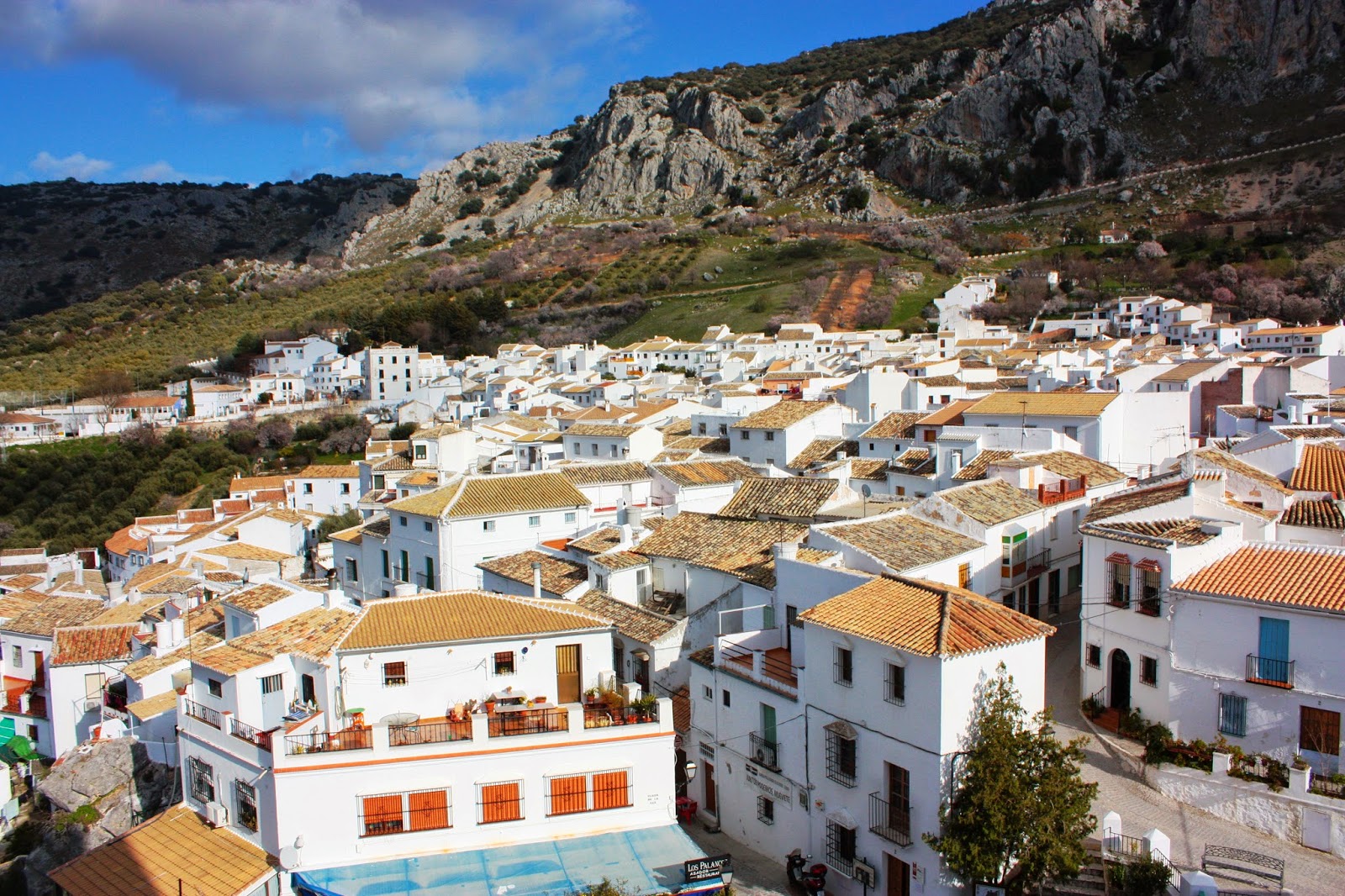Alright, so if you know me you know I love books. It's not that I'm a very avid reader; in fact, regarding volume, I read much less than many people I know (such as my mother). But there's something almost sacred about being able to explore a world within itself inside of a piece of literature.
With that immersion in mind, I just finished reading
Blood Meridian: Or, The Evening Redness in the West by Cormac McCarthy. My head is reeling.
A few years back, I read McCarthy's
The Road, which depressed the heck out of me, though I appreciated it quite a bit for its eventual hope and poignancy. Afterward, I made several attempts at reading
Blood Meridian, but stopped every time. I found the writing arduous and slow, the violence off-putting, the characters frustratingly nebulous and the dialogue unnecessarily sparse. But recently, a few people, including my good friend Alex, encouraged me to give
Blood Meridian another chance. At the start of this semester, I began reading it with a new-found determination, and finally reached the last page on Sunday morning.
In case you're unfamiliar with the book, I'll break it down without giving anything too good away:
It's the late 1840's, the United-States-Mexico border is a bloodbath, and lots of regional leaders are willing to pay top-dollar for Apache scalps. Enter The Kid, who's more-or-less the protagonist of the novel and a teenage runaway who falls in with a gang of scalphunters. The gang is led by Judge Holden, an intelligent and ruthless killer, who is basically violence incarnate. Paid to kill the indigenous people, the gang does just that for a little. It's not long, however, before they decide that murder is kind of fun, so they begin to kill just about anyone they find, including peaceful and unarmed villagers.
As you may imagine, it's a pretty dark book. I had to read it very slowly because a lot of the depictions of suffering affected me. But, once I finished it, I felt as though I'd read
Moby-Dick or something of that magnitude. But though it's a fairly unhappy book, one which very starkly outlines humankind's innate desire for war and conflict, it's made me think about a lot of things, like how American values have grown out of its rather violent and oppressive history, how the Western genre functions, and why we love to fight so much.
Blood Meridian is most certainly not for the faint-of-heart, but if you're feeling ambitious and resilient, I definitely recommend it.
On a much lighter note, this afternoon I played sidewalk-soccer with a man in a suit using an orange as our ball. He seemed mildly pleased that I intercepted his game, and we played all the way to the next crosswalk. For such a brief encounter, it made me smile pretty hugely.
 |
| Bitter Córdoba oranges --> marmalade |


















